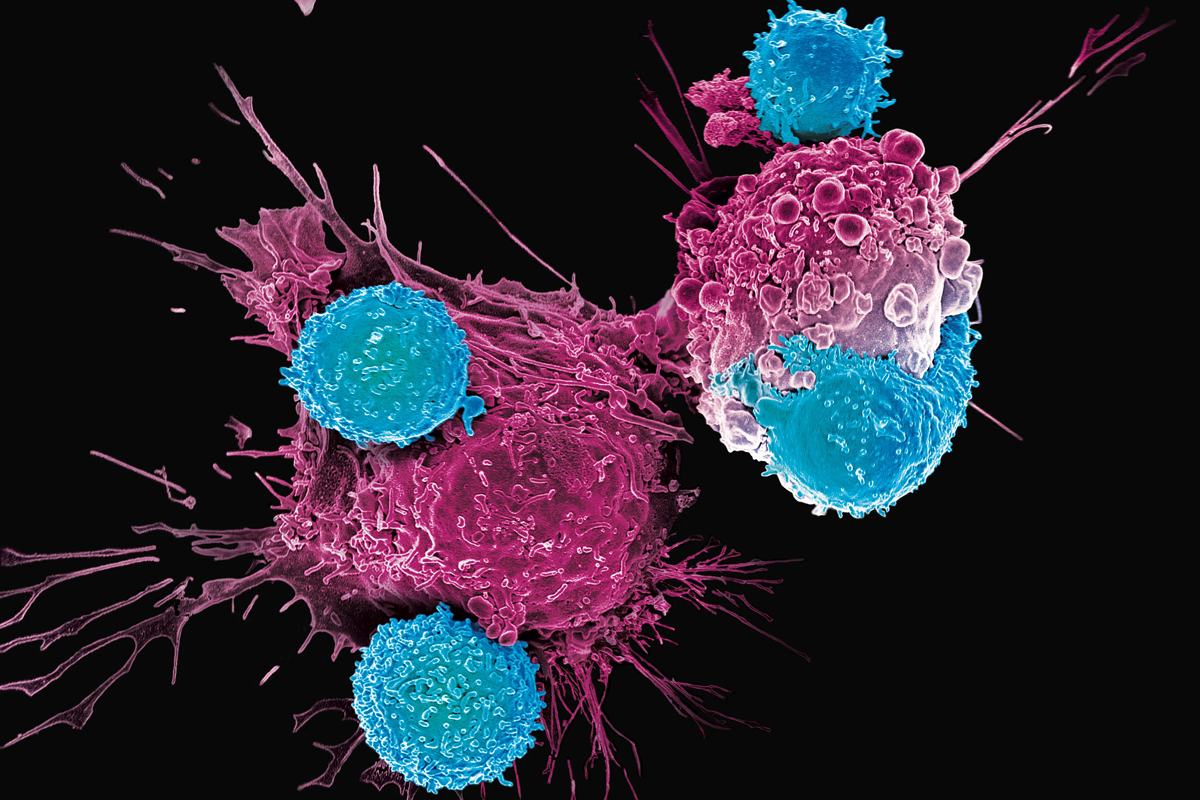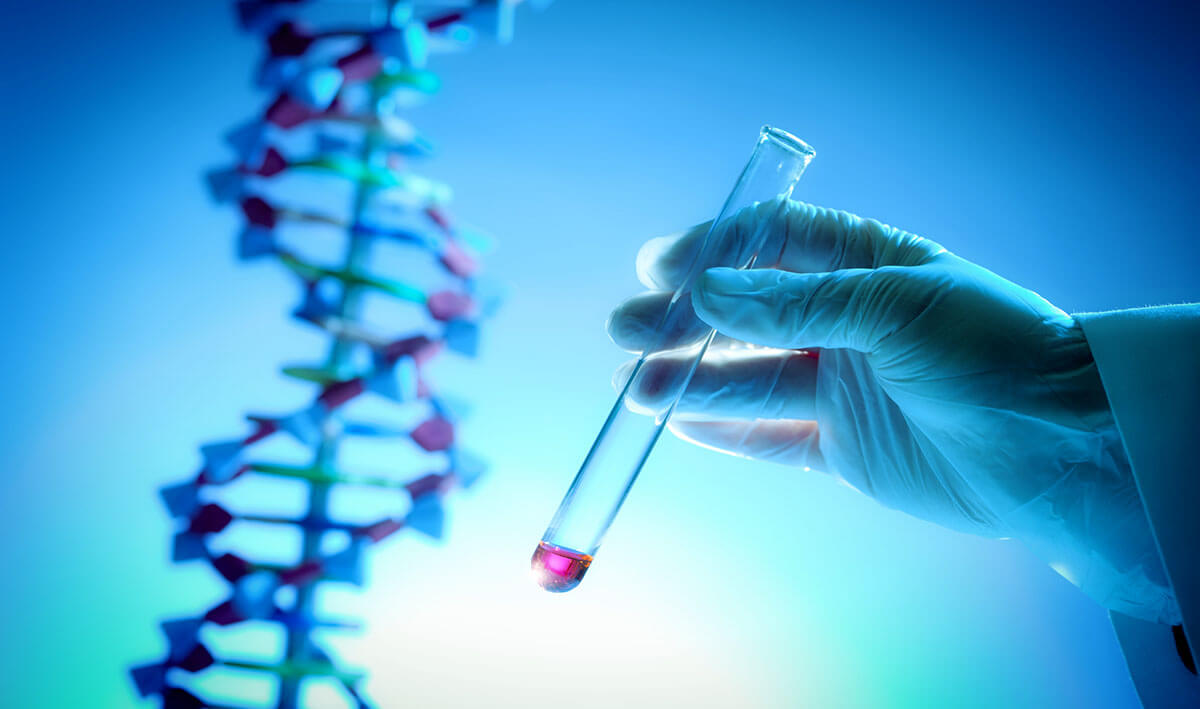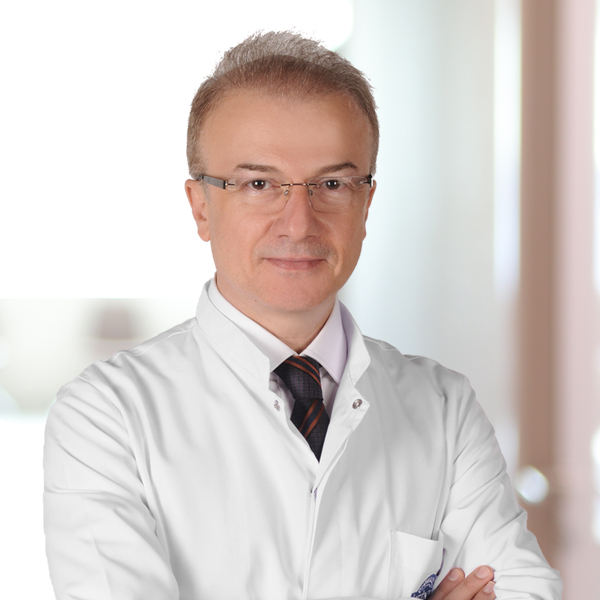-
 Medical articles
CAR T therapy: helps treat cancer when other methods fail
Medical articles
CAR T therapy: helps treat cancer when other methods fail
-
 Medical articles
Cancer incidence is steadily increasing: disappointing WHO forecast for 2050
Medical articles
Cancer incidence is steadily increasing: disappointing WHO forecast for 2050
-
 Medical articles
Stem cells bring hope to millions of people suffering from hearing loss
Medical articles
Stem cells bring hope to millions of people suffering from hearing loss
-
 Medical articles
TOP 10 clinics for oncology treatment 2023
Medical articles
TOP 10 clinics for oncology treatment 2023
-
 Medical articles
New methods for diagnosing cancer diseases
Medical articles
New methods for diagnosing cancer diseases
All news
Uterine myoma treatment
Uterine myoma is the most common uterine neoplasm.
- It accounts for up to 25% of all diseases occurring in females,
- Also, called fibroids, or leiomyomas,
- In 80% of cases, it occurs at 40-50 years.
Diagnostics: using ultrasound, echohysterography, CT, MRI.
Treatment: expectant tactics, surgical intervention, conservative, radiation therapy.
MedTour patients recommend clinics for the treatment of uterine myoma:
Doctors for the treatment of uterine myoma
Patient reviews
I decided to come to a Ukrainian clinic to remove myomas. With the help of the MedTour coordinator, I got to the Oxford Medical clinic. I underwent the necessary research and prescribed an operation. Now I feel great. The pains disappeared and other manifestations of the disease disappeared.
Frequently Asked Questions
Uterine myoma (UM) — benign myometrium neoplasm. It`s spherical, well-limited and occurs predominantly in reproductive age.
The exact reason is unknown. Nodes evolve from a single mutated cell that actively divides, forming a nodule. The nature of UM is multifactorial and related to:
- Genetic changes and hereditary factors. The chance of getting UM in women, whose sisters and mother suffer from this disease is 33% higher,
- Dyshormonal disorders of female sex hormones,
- Chromosome level lesions,
- Inflammatory foci formation in myometrium caused by urogenital infections.
Risk factors for appearance of UM include:
- Childbearing age, pregnancy absence, late childbirth, abortion, miscarriage,
- Heredity,
- Obesity,
- Early menstruation onset, late menopause,
- Postmenopausal hormone replacement therapy, estrogenic oral contraceptives,
- Alcohol abuse,
- Genitourinary system infections.
Help to reduce the chance of UM:
- Pregnancy, delivery. The more births, the lower likelihood of tumor,
- Receiving progestin oral contraceptives,
- Nutritional features: consumption of green vegetables, fruits, especially citrus fruits.
Usually formed at childbearing age women and regress after menopause.
- 20-40% — at reproductive age,
- 60% — during menopause.
Rarely appears before puberty and in postmenopausal women.
By location:
- In uterus body:
- Intramural (75%) — in uterus wall,
- Subserous, or subperitoneal (15%) — on surface of womb, growing towards the abdominal cavity,
- Submucous (5%) — in the uterine cavity,
- Cervical fibroids: front; rear; central; lateral,
- Intraligamentary, or interconnective.
By quantity: single, multiple.
By size:
- Small — <20 mm,
- Medium — <70 mm,
- Large — < 10 mm,
- Giant — >10 mm.
In 65% of cases, UM is asymptomatic.
In other circumstances, the characteristic signs are:
- Menstrual disorders: abnormal uterine bleeding leading to anemia,
- Manifestations associated with pressure on neighboring organs — frequent urge to urinate, urinary stagnation, constipation,
- Lower abdominal pain,
- Coagulation failure,
- For large nodes — fertilization difficulties, incorrect fetus position in uterus, premature birth.
Not dangerous for life. Rarely degenerates into malignant form (0.3-0.7%). UM are described in weeks of conditional pregnancy. Sometimes it happens that this myomatous node reaches the size of a 20-22 week old fetus. If left untreated, these enlarge the peril of severe anemia and cardiovascular disease.
Infertility often accompanies UM due to dyshormonal disorders imbalance. Difficulties in conception, gestation are observed with submucous fibroids or with large multiple neoplasms.
Diagnosis is made on the basis of complaints, gynecological examination and palpation of abdomen.
The main and optimal technique for detecting UM is ultrasound. Specialized clinics, which have necessary equipment carry out ultrasound (3D, 4D) simultaneously with echohysterography (injection of contrast fluid), which helps to find tumors and establish relationships with nearby tissues.
CT, MRI are not used so widely, due to high radiation exposure.
In most cases, no treatment is required. Doctors use a «wait-and-see» approach with regular pelvic examinations.
When choosing a treatment, the following factors play a role: the severity of manifestations, the size and number of nodes, the woman’s desire to maintain fertility.
There are such types of therapy:
- Medication — reducing symptoms or as a preoperative preparation,
- Surgical — hysterectomy (uterus removal), myomectomy (excision nodes with uterine conservation), hysteroresectoscopy (often to eliminate submucous myomas),
- Radiation — uterine artery embolization (UAE), MRgFUS.
MRgFUS-ablation is a new non-surgical safe method, for those, who don’t plan to give birth but wish to preserve the uterus.
Postmenopausal women who do not have menstruation and, accordingly, their hormone levels decrease, fibroids shrink and disappear without treatment. But if in menopause old nodes grow or new ones appear, it is necessary to exclude malignant diseases and proceed to surgery.
Regular examination by gynecologist once every 6-12 months guarantees:
- Timely detection of UM,
- Selection of individual tactics of disease management,
- Absence of complications,
- Improving quality of life.
It’s rare (0.2-2%). Nature and location of nodes in a certain way affects the course of pregnancy and appearance of negative consequences.
Possible complications of UM during pregnancy and childbirth:
- Miscarriages or premature birth,
- Fetal hypoxia,
- Improper fetus location,
- Weak or overly strong labor,
- Uterine bleeding and threat of uterine rupture.
Women with such cases need to carry out frequent examinations, prevention of miscarriage, diagnosis a condition of fetus and pregnant woman. Using ultrasound, CTG, hormonal therapy.
In 36-37 weeks, pregnant women need to be hospitalized in order to develop a plan for childbirth management. The younger the woman at the time of the hysterectomy, the faster her long-term memory and thinking ability in general will decline.
Modern international principles of patients with uterine myoma
Therapy appointment:
- Facilitate manifestations,
- Reducing tumor size,
- If desired women — fertility preservation,
- Prevention of complications.
Therapy is carried out according to preferences of individual patients.
Women need to be informed of all available treatment options, risks, privileges and adverse outcomes.
- Asymptomatic small fibroids do not require treatment. Only need regular monitoring and routine gynecological ultrasound,
- UM in a woman who wants to preserve ability to conceive is treated with medication (anti-inflammatory, hormonal drugs, GnRH-a) or surgically,
- Patients who have fulfilled their reproductive plans, but want to preserve uterus, it is recommended conservative hormonal therapy or surgery (UAE, MRgFUS, myomectomy),
- Patients, who do not wish to retain uterus, are used exclusively for surgery,
- Women who are in menopause or postmenopausal period undergo hysterectomy or myomectomy.
Wait-and-see tactics
3-7% of UM cases decrease within 6 months — 3 years in the reproductive period. More than half — during menopause.
Drug therapy
NSAIDs and hormonal therapy are used. GnRH-a are taken as a preoperative treatment and aren’t accepted for long-term therapy because of the appearance of unwanted negative consequences.
Surgery
Myomectomy — excision nodes with uterine and fertility conservation. Effective therapy, but tumors returned within 5 years in 60% of cases. Frequent complications are the formation of adhesions.
Hysterectomy — uterus is removed with fibroids under general anesthesia. Provides the ultimate cure for symptomatic fibroids. Can lead to negative consequences: 7-fold increased risk of heart disease, osteoporosis and dementia.
Performing hysterectomy requires skills from the doctor performing it, and operation in a specialized clinic in order to avoid possible complications.
Non-surgical methods
UAE — tumor growth is stopped and reduced by blocking blood vessels supplying UM.
MRI-guided high-intensity focused ultrasound ablation is a tumor removal method based on destruction of fibroid cells by heating with high-energy ultrasound. UM shrinks and dead tissue is removed by the body. Fully preserves the genital function.
Published:
Updated:


Information on this webpage verified by the medical expert





Добрый день! Хочу оставить отзыв благодарности .
Дайнис Леонидович, я от чистого сердца благодарю Вас, за такую непростую в моем случае операцию, и то, как легко и быстро все прошло! Сегодня второй день после операции и я чувствую себя хорошо не только физически, но и психологически! Все прошло на столько комфортно, что я практически не переживала. В целом людям свойственно волноваться перед операцией, но с Вашей командой, анестезиологов, мед персонала я чувствовала что все под чутким контролем!! Я желаю всем здоровья!